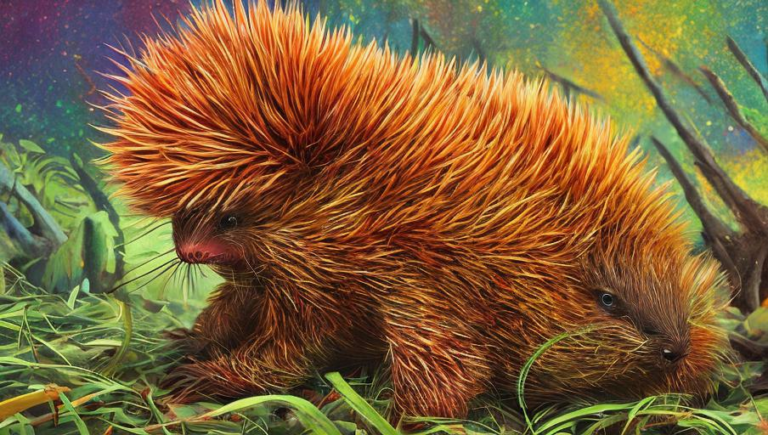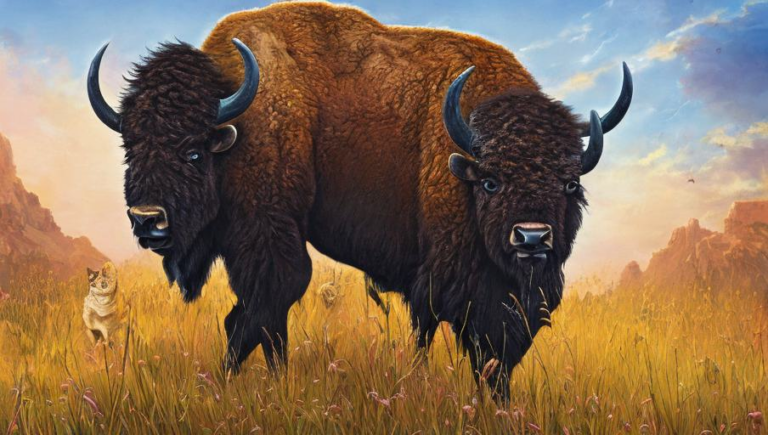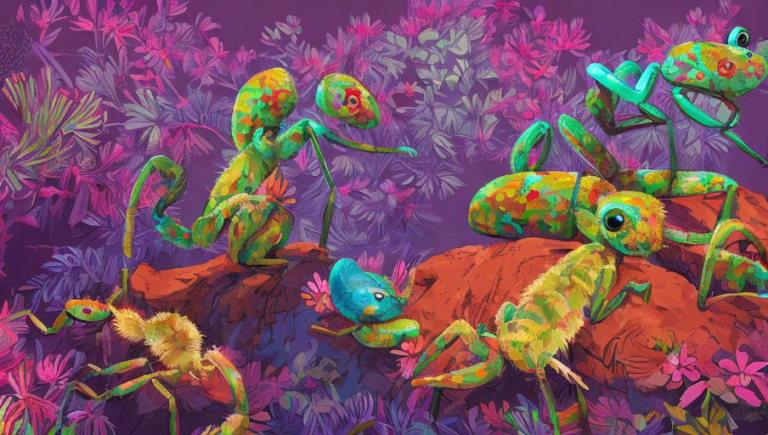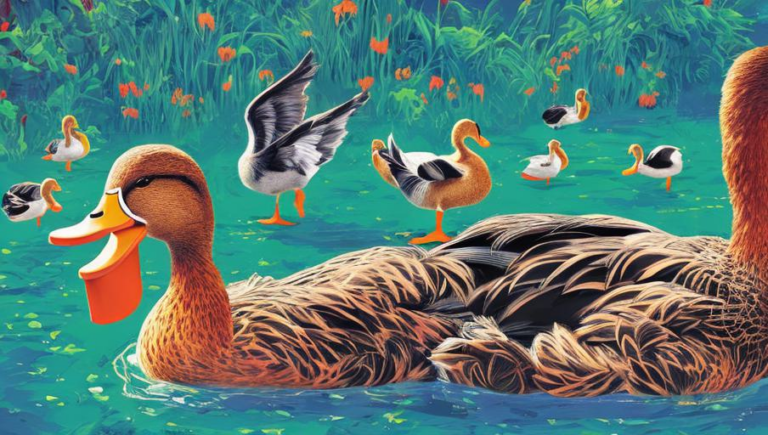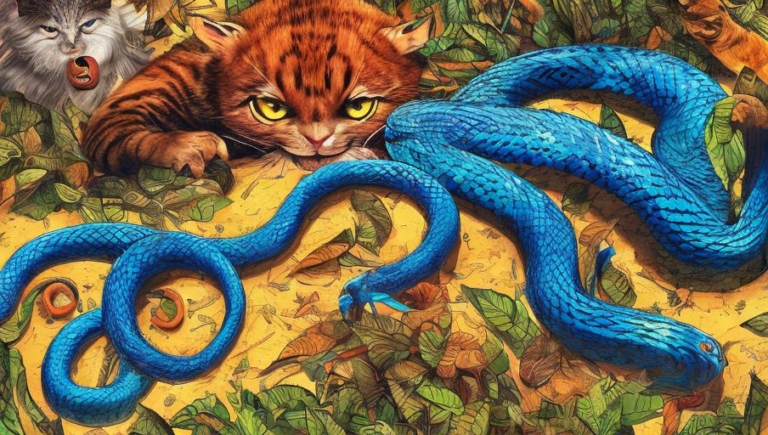Lost in the Wild: How Buffalo Adapt to Changing Landscapes
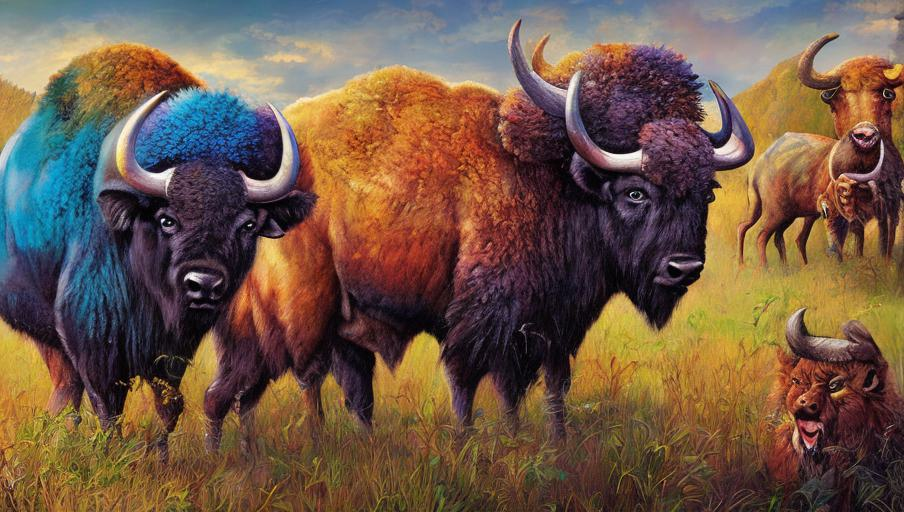
Adapting to New Environments
The American buffalo, also known as the bison, is a resilient creature that has been able to survive and thrive in a variety of environments. These animals have adapted to the changing landscape and are able to thrive in a wide range of habitats, from open plains to woodlands and mountains. They are able to graze on grasses, shrubs, and bushes, and they can consume a wide range of plants.
Intricate Social Hierarchy
Buffalo are social creatures with a highly intricate social hierarchy. This hierarchy is based on age and sex and is used to regulate the behavior of the herd. The adult male is the leader of the herd, and the other animals will follow his lead. The herd is split into smaller groups, which are led by the eldest female. The males will move between the groups and will mate with the females when it is their time of the year.
Migratory Patterns
Buffalo migrate seasonally, depending on the availability of food and water. In the spring, they migrate to low-lying areas where there is more grass, and in the fall, they migrate to higher elevations where the temperatures are cooler. They will often form large herds and migrate together in order to better protect themselves against predators and to more efficiently find food.
Threats to the Buffalo
Unfortunately, the buffalo is facing many threats due to human activities. Overhunting, habitat destruction, and diseases are all taking a toll on the population of this species. As the human population continues to expand, their natural habitat is being destroyed and their ability to migrate is being disrupted. Additionally, diseases such as brucellosis, which is carried by domestic cattle, can spread to buffalo, causing miscarriages and stillbirths.
Protecting the Buffalo
Fortunately, there are conservation efforts in place to help protect the buffalo. In the United States, the National Bison Range and Yellowstone National Park are two of the most important places for the buffalo. These protected areas provide an important refuge for the buffalo and are monitored to ensure their safety. Additionally, the federal government has implemented regulations to limit hunting and other activities that could harm the buffalo.
Conclusion
The buffalo is an iconic animal that is an important part of our nation’s history and culture. It is a resilient creature that has been able to adapt to changing environments and has been able to survive in a variety of habitats. Unfortunately, human activities are threatening its survival, and conservation efforts are important to ensure its future. With the proper protection, the buffalo will be able to continue to thrive for many years to come.
